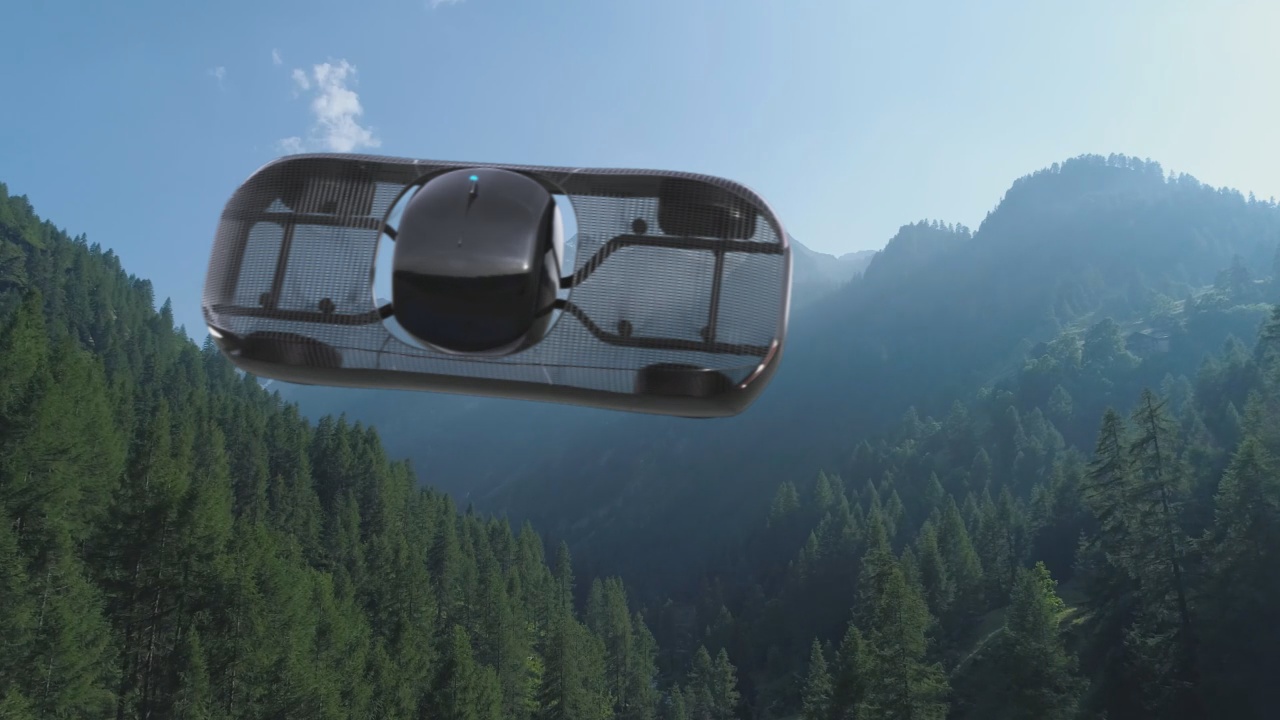Alef's A to Z of flying cars
Sci-Fi films came into being in the early 1900s, and books of the same genre were written hundreds of years before that. They have sparked imaginations the world over with ideas on technology and what it could be.
Technology is portrayed as exciting, futuristic and sometimes a little bit scary. However, it seems the idea of machines that can interact with users and cars that can fly are no longer a far-off notion. Indeed, technology has started speaking to users and, thanks to Alef Aeronautics, cars will not only be able to fly from destination to destination, but they will also be capable of a vertical take-off – making them ‘true flying machines’.
In 2015, four friends formed a company with one aim. To build a flying car. The quartet drew up an idea, in a café, on a napkin. They estimated that it would take them around six months to build.
This was not the case.
There were certain things the team had to consider when building the flying car, these were:
- It had to be a real car – meaning it needed to be roadworthy and do all the things that a car can do
- It had to be capable of a vertical take-off
- It had to be affordable for most people
A year after the company formed, their first sub-scale prototype was built. Seven years and a lot of testing later, the Model A was born.
What is the Model A?
The Model A prototype was unveiled in October 2022, and it is the only drivable flying car that is capable of vertical take-off and landing. It also fits within the realms of being a ‘normal’ car, in that it can drive on roads, and park in parking spaces.
The fully electric, all-wheel drive flying car is driven by proprietary technology. It is designed to drive on the roads for up to 200 miles with a flight range of 110 miles.
Some key safety components of the Model A include:
- Distributed electric propulsion (DEP)
- Triple to octuple redundancy of all key components
- Real-time thousand point diagnostics
- Pre-flight reject start diagnosis
- Obstacle detection and avoidance
- Glide landing
- Full-vehicle ballistic parachute.
Alef’s CEO Jim Dukhovny said: “The Alef Model is a modern solution for both urban and rural transportation needs in the 21st century because it is the fastest and most convenient transport ever created from the point of origin to the final destination. By enabling consumers to choose driving or flying mode, the Alef flying car allows the optimal path depending on road conditions, weather and infrastructure.”
What does a flying car look like?
The car uses eight propellers under a mesh body. This replaces the need for a traditional engine and allows the car vertical take-off. The mesh coverings, as well as being a safety feature, allow air to pass through, saving space and dampening the sound.
Once air-born, the car tilts on its side, the seats swivel to become the cockpit, and the car turns into a biplane with the sides of the car becoming the ‘wings’.

What’s next?
The Alef full-size prototype has been flown and tested since 2019, and it is hoped that the Model A will be available to consumers by 2025. But it will come with a price tag of around $300,000.
The company is also developing a four-person sedan, the ‘Model Z’. This is scheduled for introduction in 2035 and priced at $35K. It will be capable of flying for more than 300 miles and have a driving range of over 220 miles.
However, even if the technology is there, there is still a long way to go before the companies designing the products, the Federal Aviation Administration, local governments and citizens can all join together and utilise a safe, clear and monitored driving air space.







